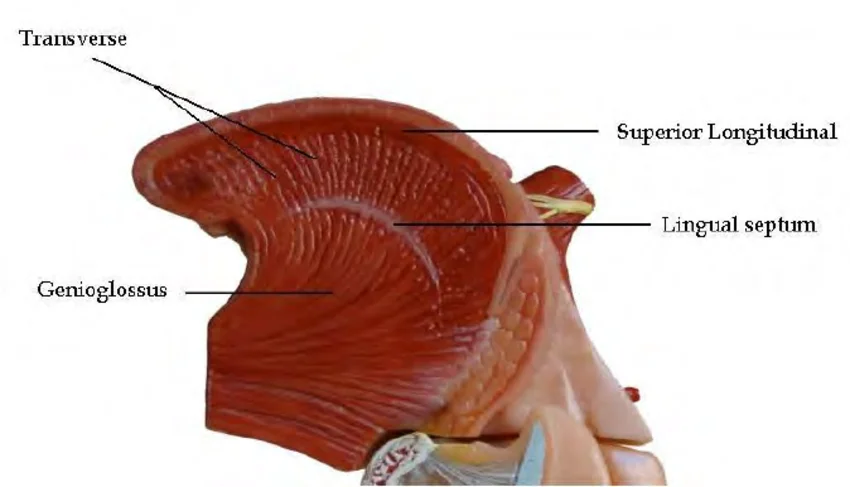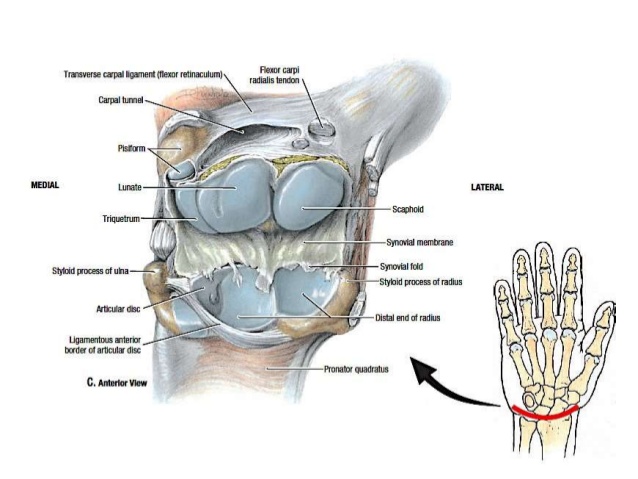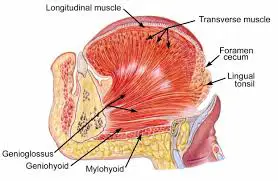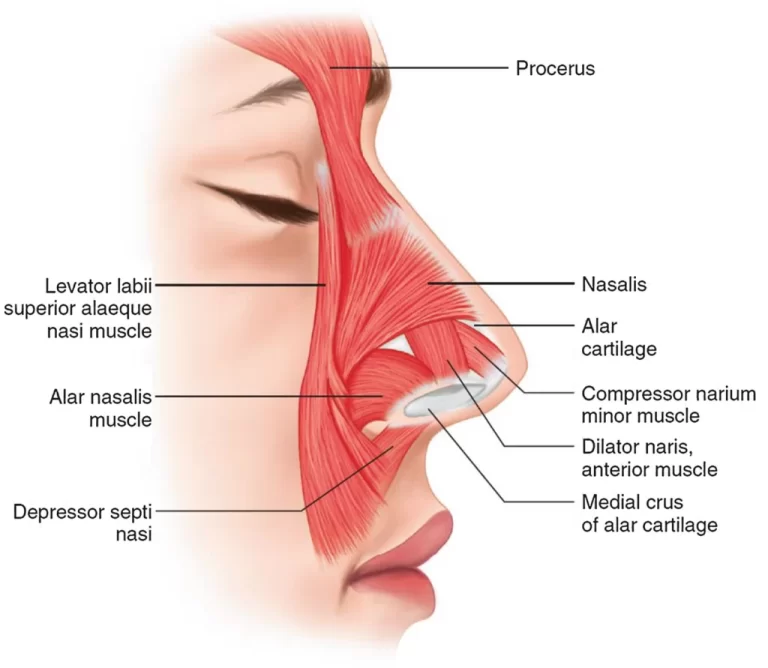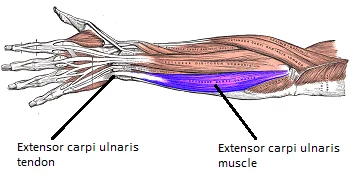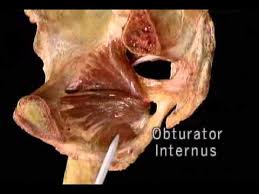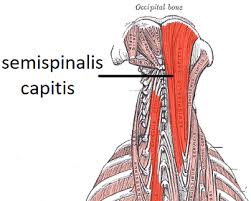Superior longitudinal muscle of tongue
Table of Contents
Superior longitudinal muscle of tongue Anatomy
The superior longitudinal muscle is one of the intrinsic muscles of the tongue. It is responsible for various movements and changes in the shape of the tongue. The tongue is primarily composed of skeletal muscle, and the intrinsic muscles are responsible for its fine motor movements.
- The superior longitudinal muscle of the tongue is one of the four intrinsic muscles of the tongue.
- A thin stratum of oblique and longitudinal fibers immediately underlying the mucous membrane on the dorsum of the tongue.
- It is arise from the fibrous tissue deep to the mucous membrane on the dorsum of the tongue and the midline lingual septum and it is pass longitudinally back from the tip of the tongue to its root posteriorly.
origin :
- Superior longitudinal muscle origin is Close to the epiglottis, from the median fibrous septum.
Insertion:
- This muscle insertion is Edges of the tongue.
Nerve:
- The nerve supply is the Hypoglossal nerve.
Blood supply:
- This muscle blood supply is the lingual artery.
Actions:
- Retracts the tongue with the inferior longitudinal muscle, making the tongue short and thick.
Clinical relations:
- Since all muscles of the tongue are innervated by the hypoglossal nerve if lesions within this nerve will result in functional impairment of the tongue.
- The Unilateral injuries of the hypoglossal nerve will result in muscular atrophy of the same side of the tongue, but the opposite hypoglossal nerve is not damaged, and impairments during mastication and speaking will not be severe.

- If both hypoglossal nerves are damaged, it will result in complete paralysis of the tongue and present as difficult or unclear articulation, a condition called dysarthria.
FAQs
One of the intrinsic muscles of the tongue is the superior longitudinal muscle. The median fibrous septum and the submucous fibrous layer at the epiglottis are its points of origin, and it extends forward to the borders of the tongue.
The tongue’s tip and sides are elevated superiorly by the superior longitudinal muscles. This creates a concavity on the dorsum of the tongue.
the hypoglossal nerve
The hypoglossal nerve (CN XII), like all of the intrinsic muscles of the tongue, supplies its innervation.

